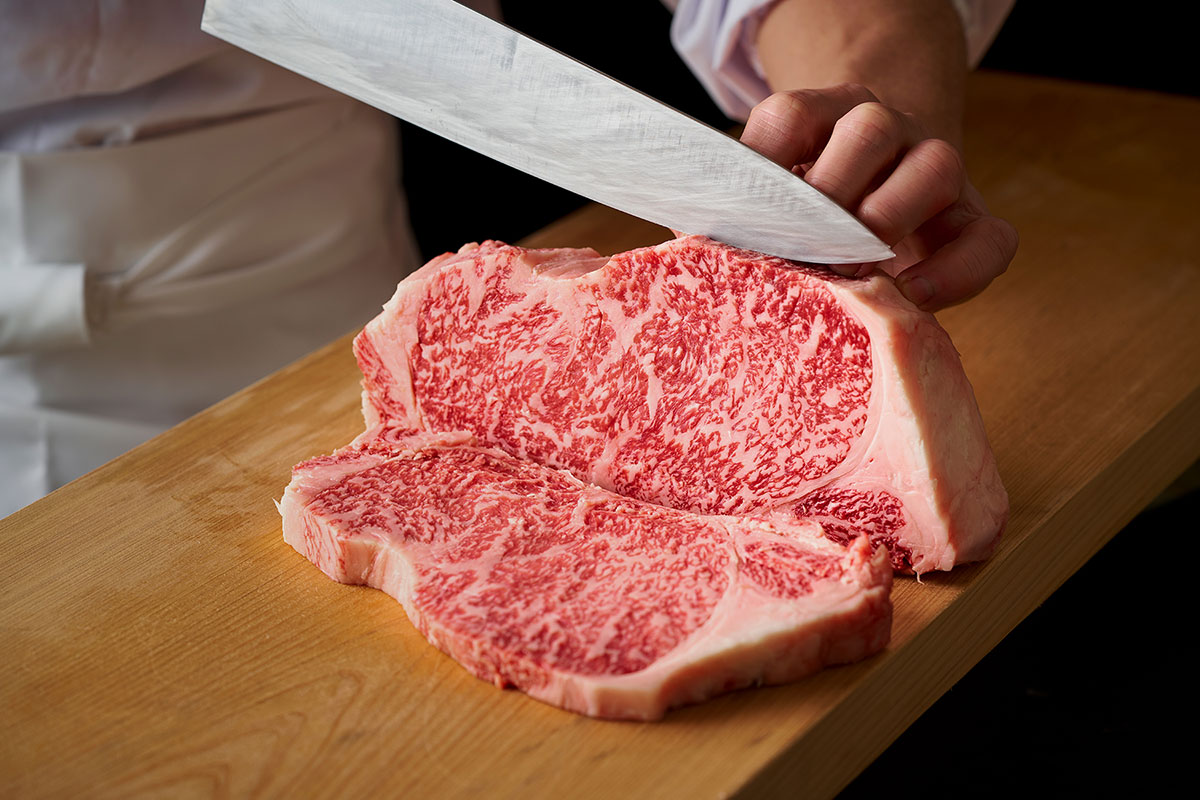
FOOD NEWS
Apr 24, 2023
FOOD NEWSWagyu Beef: A Guide for Chefs and Restaurant Owners
Apr 24, 2023
Highlights
Health Benefits of Eating Wagyu Beef
Wagyu beef is known for its high content of beneficial fatty acids, including omega-3 and omega-6. These healthy acids can help the body build healthy cells, regulate hormones, and protect against inflammation. The marbling of fat in Wagyu beef also acts to naturally tenderize the meat, creating a more enjoyable texture with every bite.
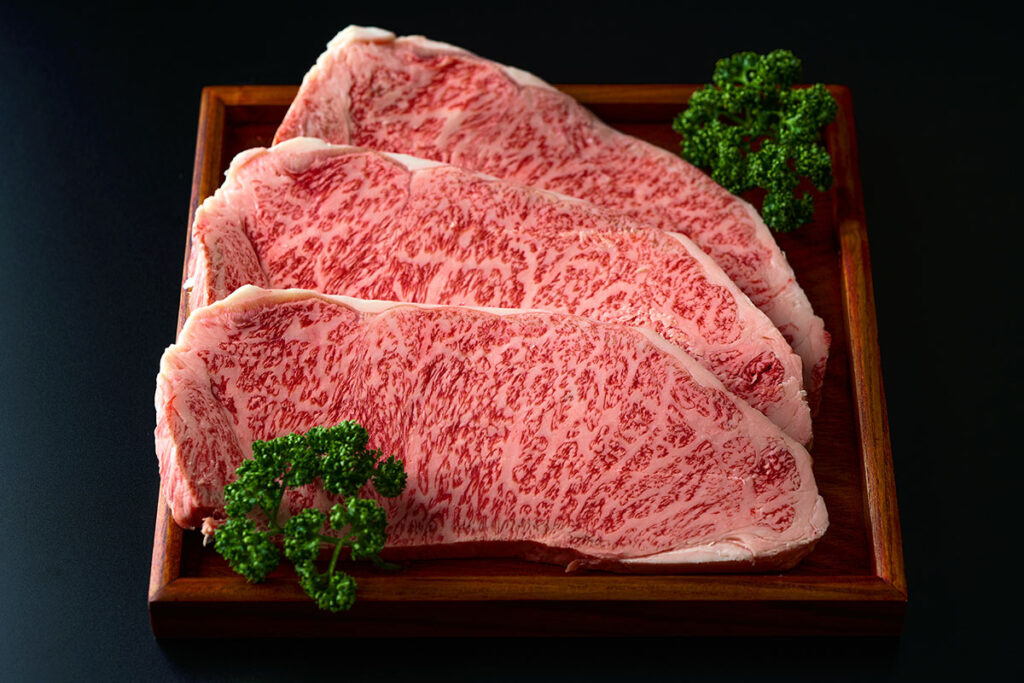
Advantages of Adding Wagyu Beef to A Chef or Restaurant’s Menu
Increased Flavor: Wagyu beef has a unique flavor and texture that can elevate any dish. Its intensely marbled fat melts effortlessly over high heat, resulting in a tender and juicy steak. The best Wagyu beef also has subtle earthy undertones that exude a distinctive richness.
High Quality Meat: Wagyu beef is highly-prized, with the Japanese Black breed being particularly sought after by chefs and restaurant owners. The breed is known for its buttery tenderness, delicate flavor and generous marbling of fat. As a result, chefs and restaurants can confidently serve their patrons only the highest quality Wagyu beef.
Versatility: Wagyu beef can be used in a wide variety of dishes and cooking techniques. Its marbled fat translates to a juicy steak that is perfect for grilling and searing. Its flavor and texture is also ideal for use in slow-cooked dishes and roasts. Moreover, Wagyu beef can also be used to make burgers, stir-fries, tacos and other dishes with a unique and delicious flavor.
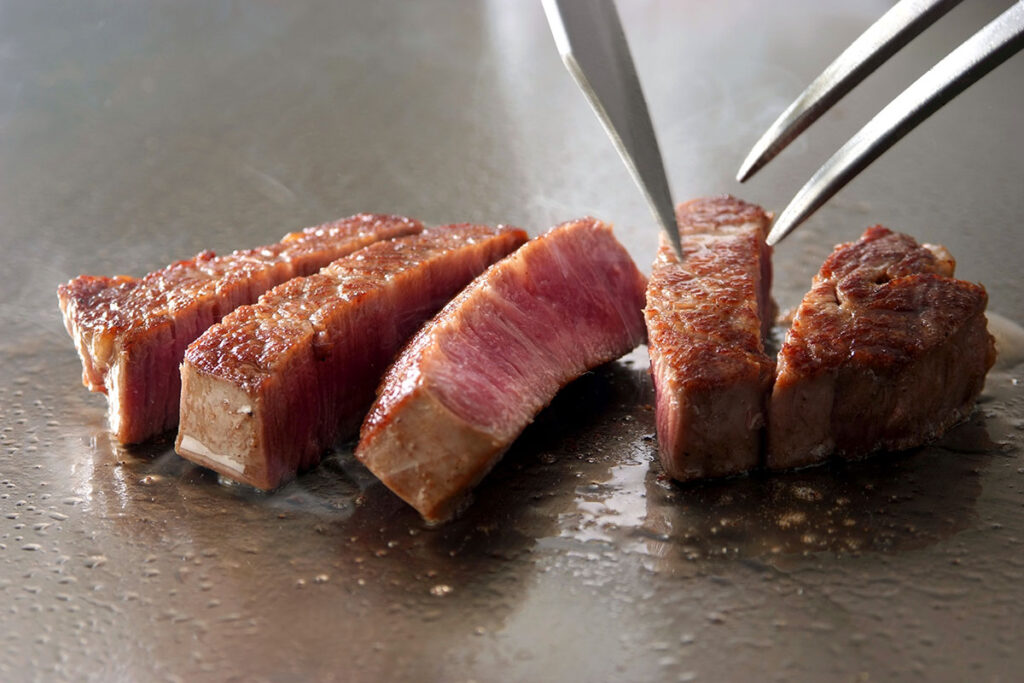
Disadvantages of Adding Wagyu Beef to A Chef or Restaurant’s Menu
Cost: Wagyu beef is more expensive than traditional beef due to its premium quality and carefully-controlled production methods. As a result, chefs and restaurant owners may find that it is not feasible to include Wagyu beef on their menu due to the higher cost of the meat.
Availability: The availability of Wagyu beef can be limited due to the fact that it is produced in Japan. As a result, chefs and restaurants may find that it is difficult to access high-quality Wagyu beef due to the scarcity of the product.
Summary of Benefits of Including Wagyu Beef in a Chef or Restaurant’s Menu
The incorporation of Wagyu beef into a chef or restaurant’s menu offers a variety of benefits, including increased flavor, high quality meat, and versatility. The marbling of fat in Wagyu beef creates an intensely juicy and flavorful steak, making it a truly unique addition to any menu.
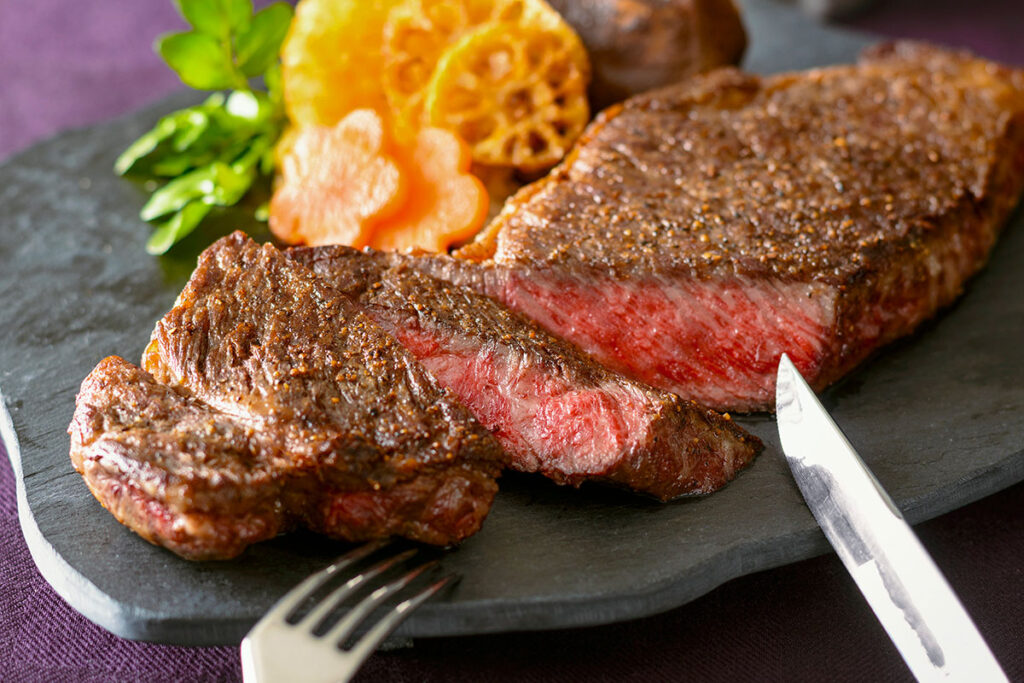
Recommendations for Chefs and Restaurant Owners on Serving Wagyu Beef to Customers
Although chefs and restaurant owners may find that Wagyu beef has a higher cost than traditional beef, they can still make it an affordable and desirable dish on their menu. The key is to offer a smaller portion size, such as sliders or bite-sized pieces, to eliminate the cost issue. Additionally, chefs and restaurant owners should be sure to source only the highest-quality Wagyu beef from trusted suppliers to ensure that their customers receive only the best in taste and texture with every dish.
Ranking
Ranking
-
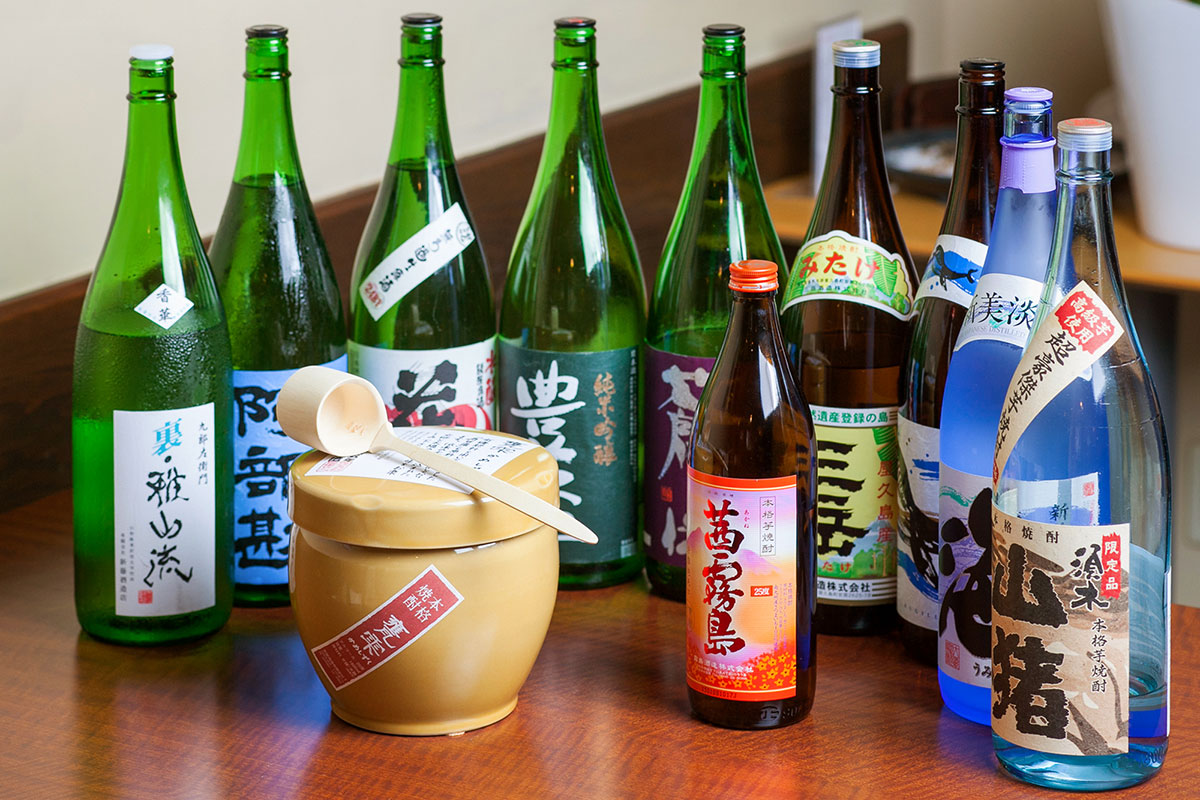
HOW TO
Techniques for Using Authentic Shochu in Cooking
Jan 4, 2023
-
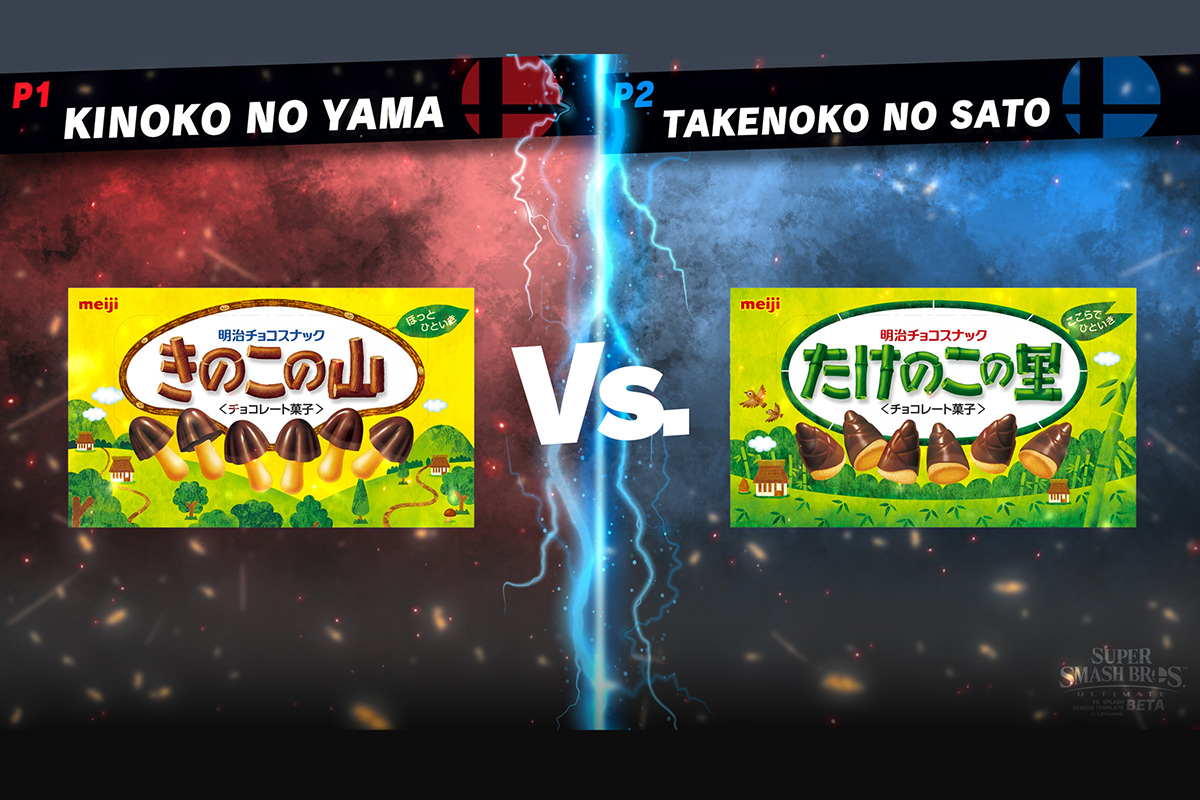
CULTURE
The Great Japanese Chocolate Snack War: Kinoko no Yama vs Takenoko no Sato
Jan 3, 2023
-
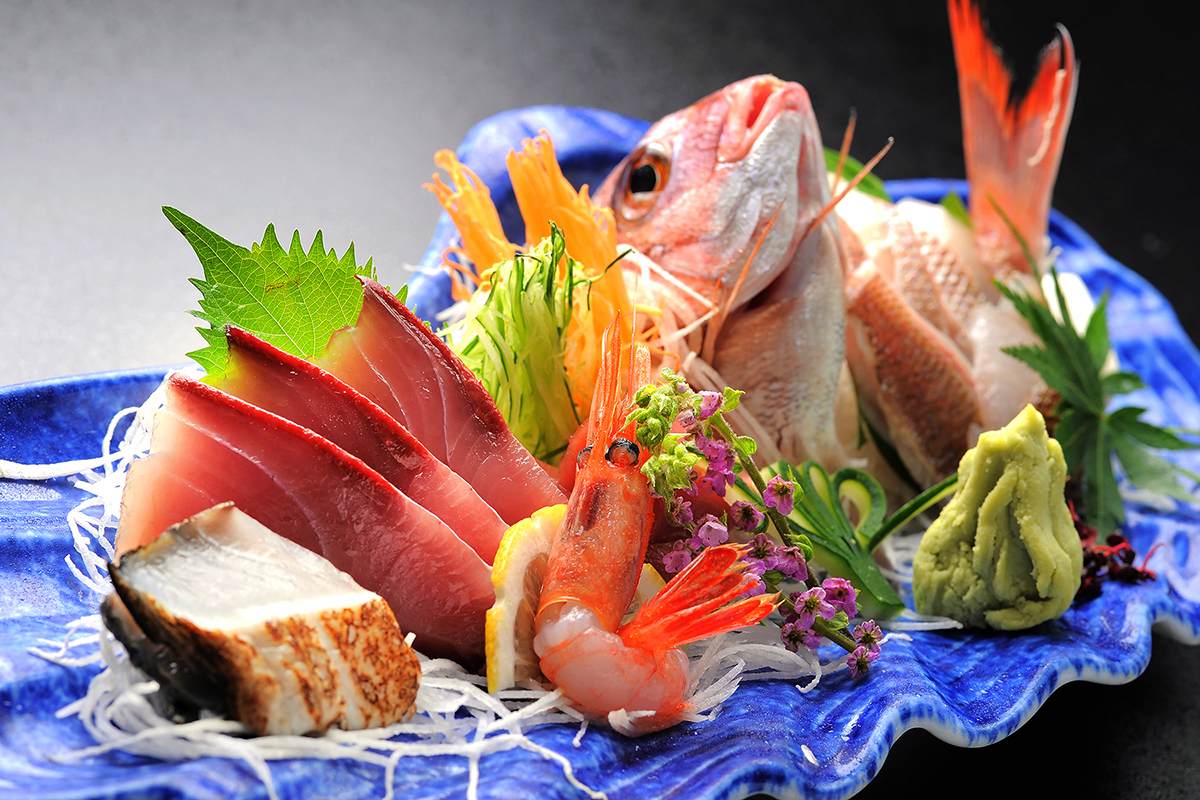
CULTURE
The Highest Form of Culinary Reverence: Ikizukuri
Apr 18, 2023
-
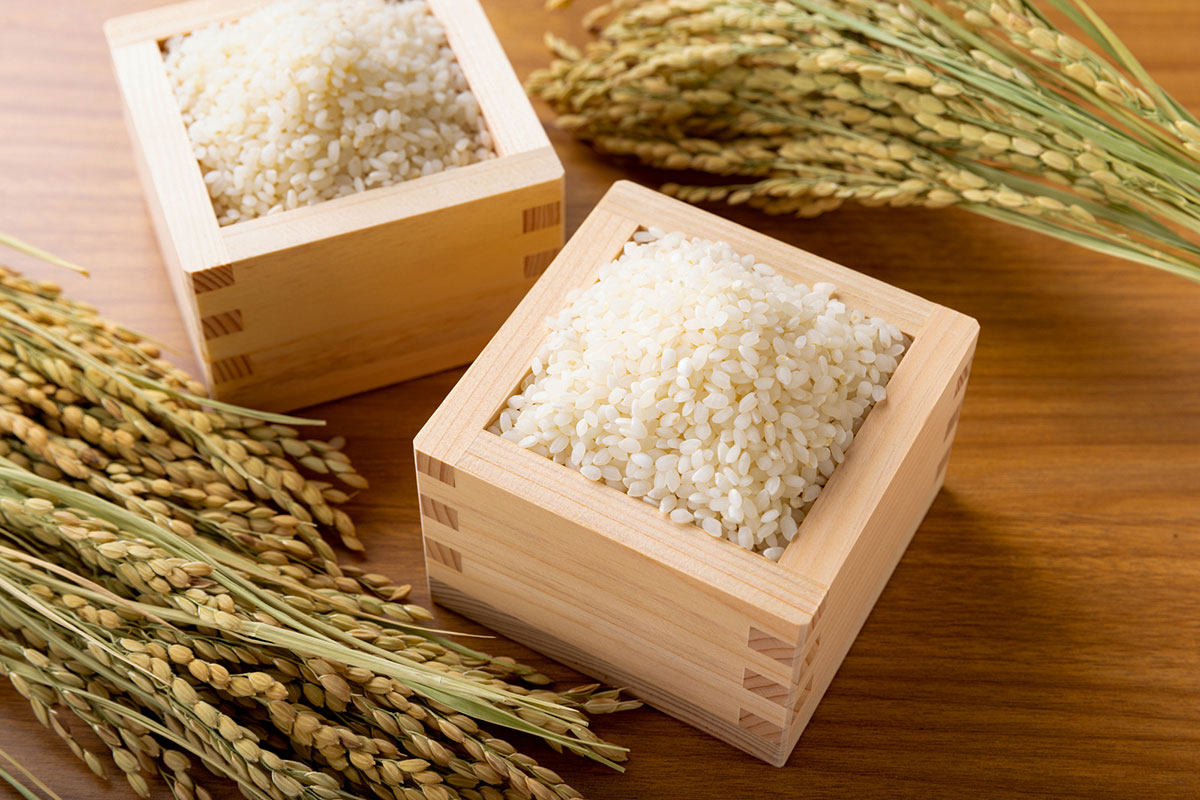
HOW TO
Best in Show: Why Japanese Rice is a World Apart
Jan 5, 2023
-
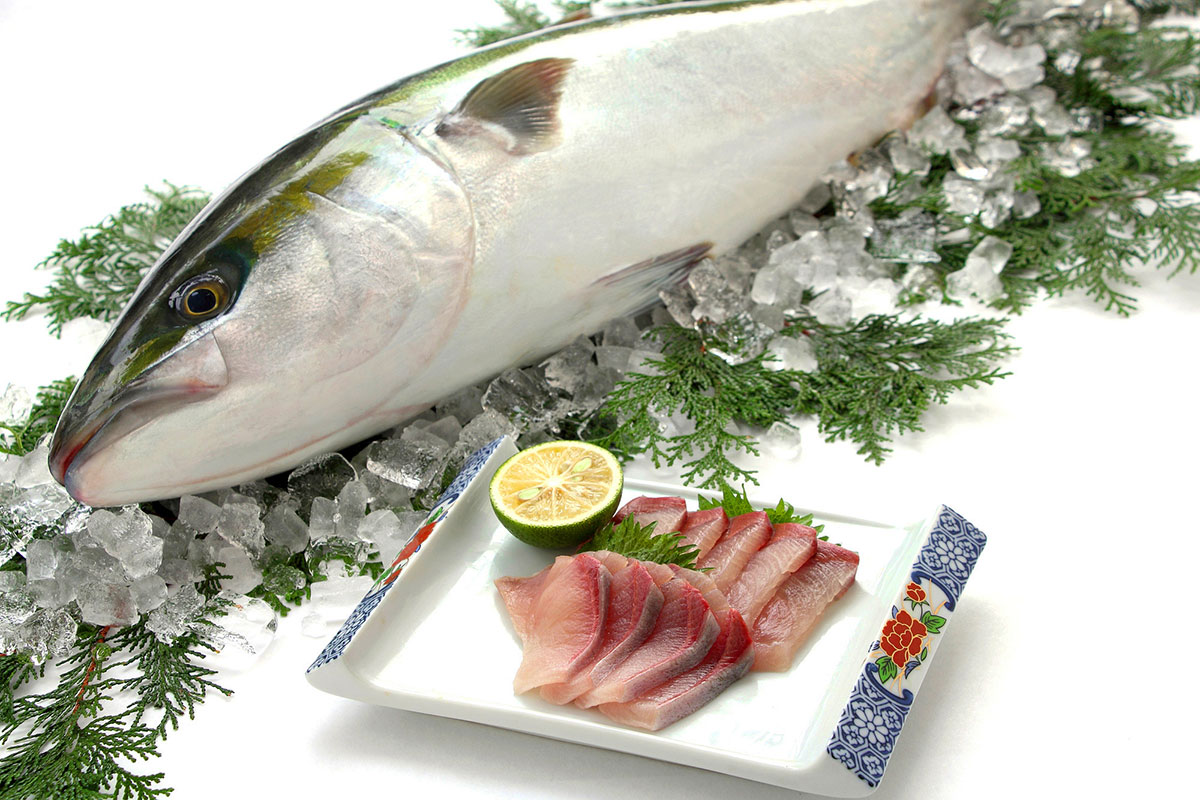
HOW TO
Is the Japanese Fish Buri “Yellowtail” or “Amberjack”?
Jan 13, 2023
-
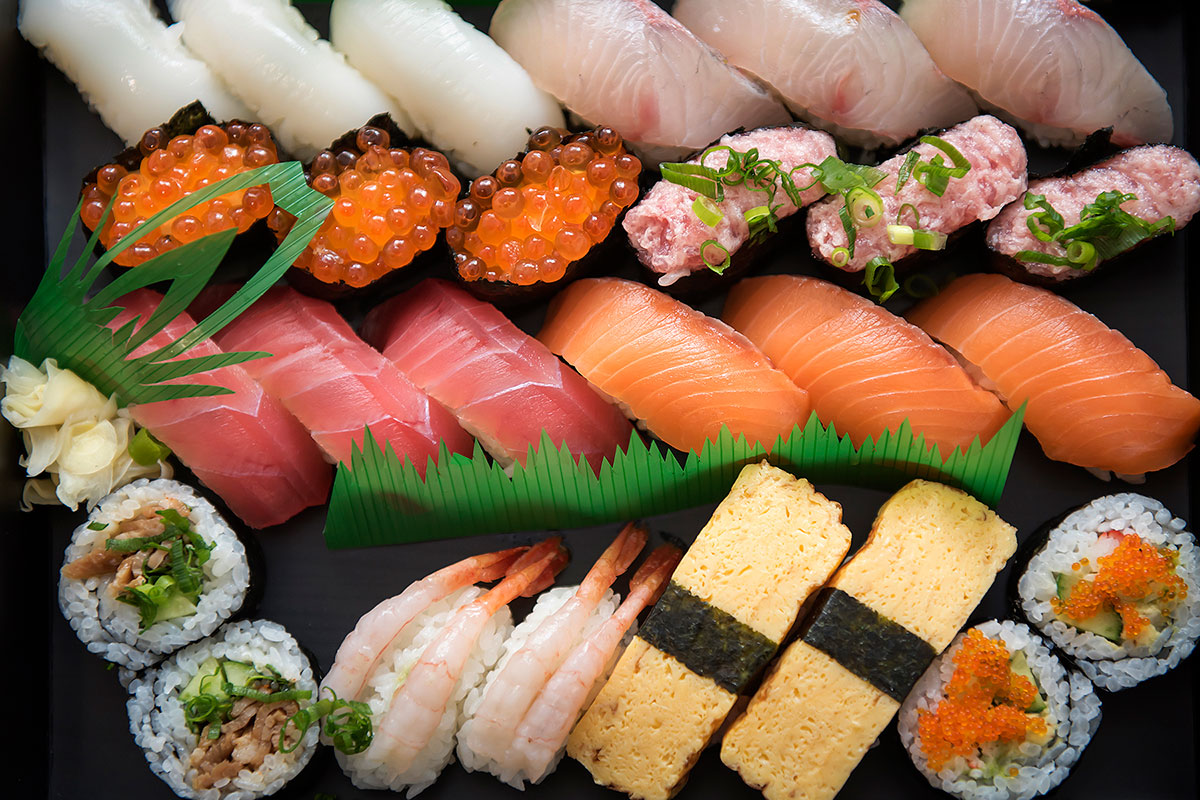
CULTURE
Learn the Basics of Sushi: Everything You Need to Know
Apr 26, 2023
-
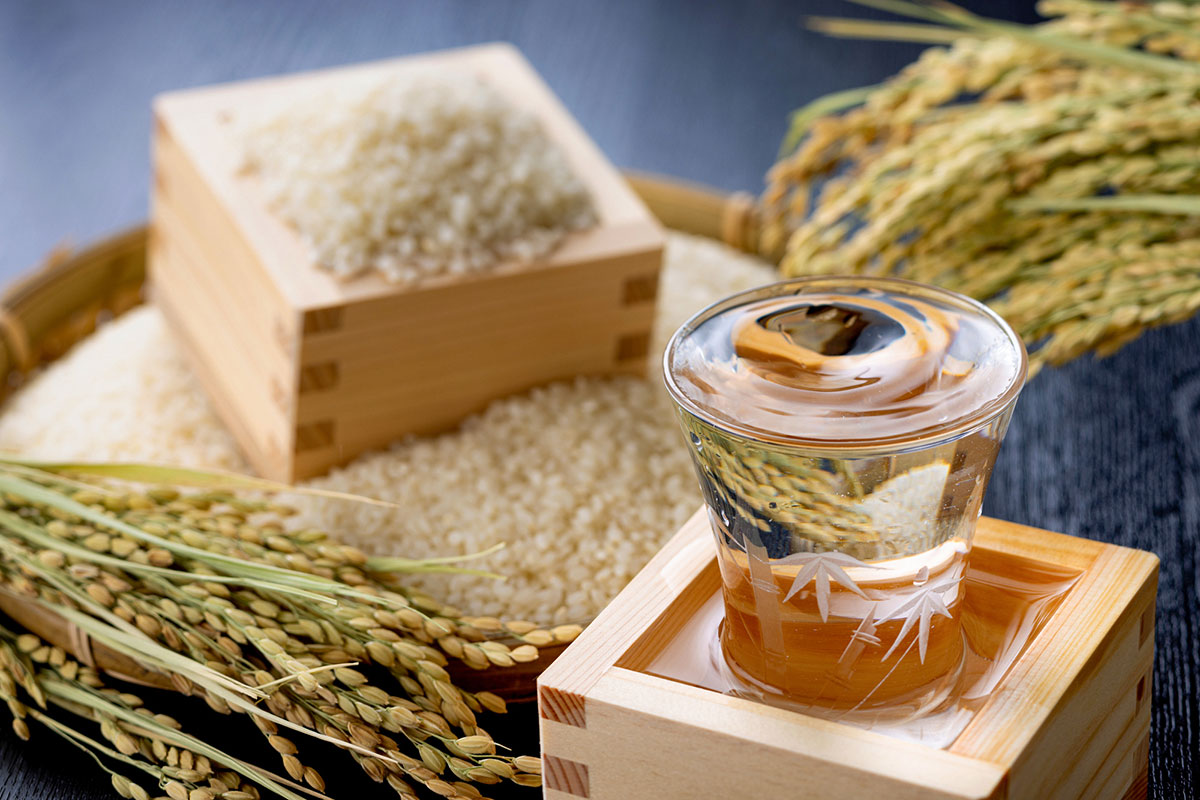
HOW TO
The How and Why of Using Sake for Cooking
Dec 29, 2022
-
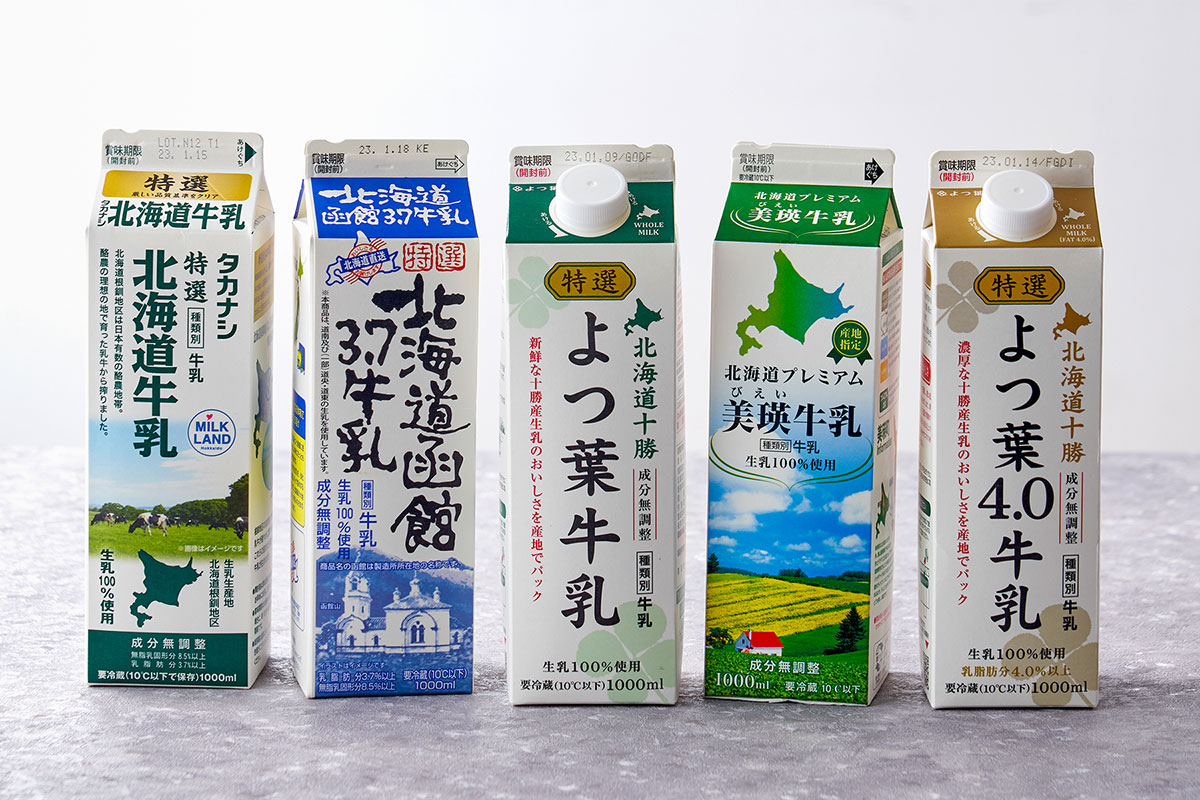
HOW TO
Introducing Hokkaido Milk and Dairy: Indulgence from Japan’s Far North
Jan 25, 2023
-
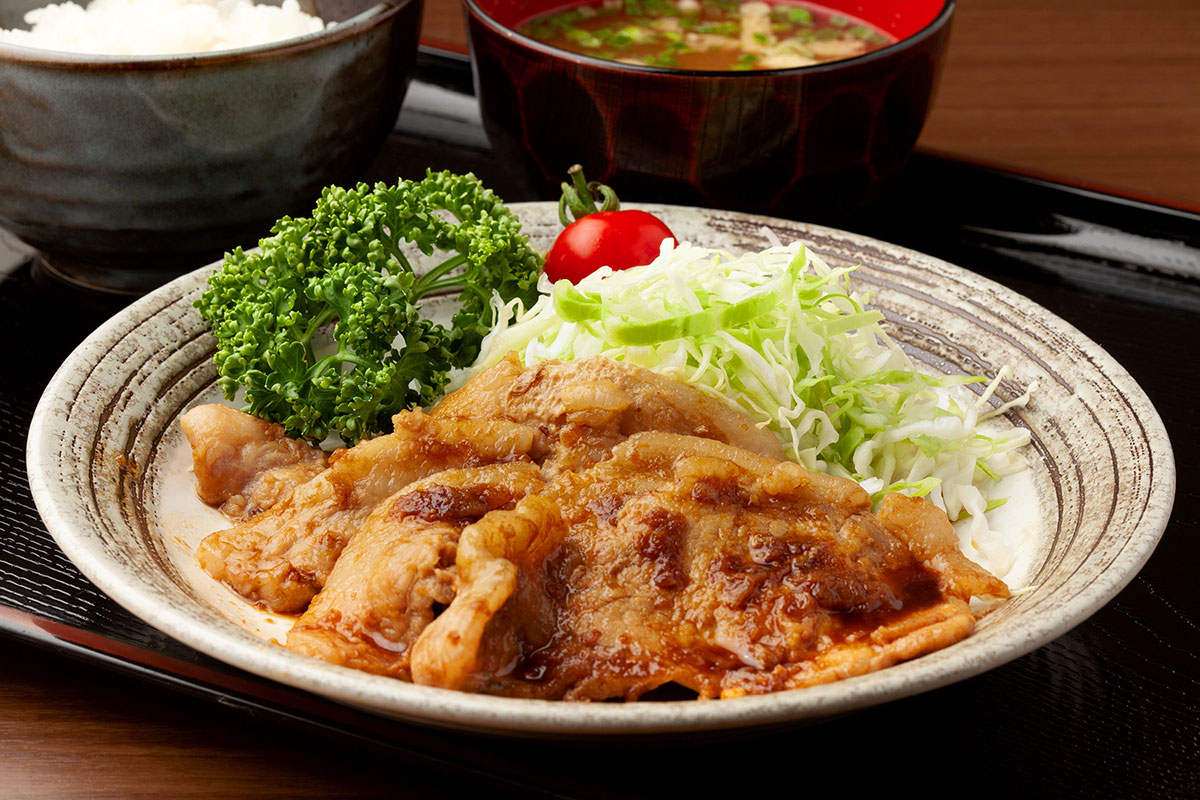
HOW TO
Shoga-yaki, a Delicious Taste of Japanese Home Cooking
Jan 20, 2023
-
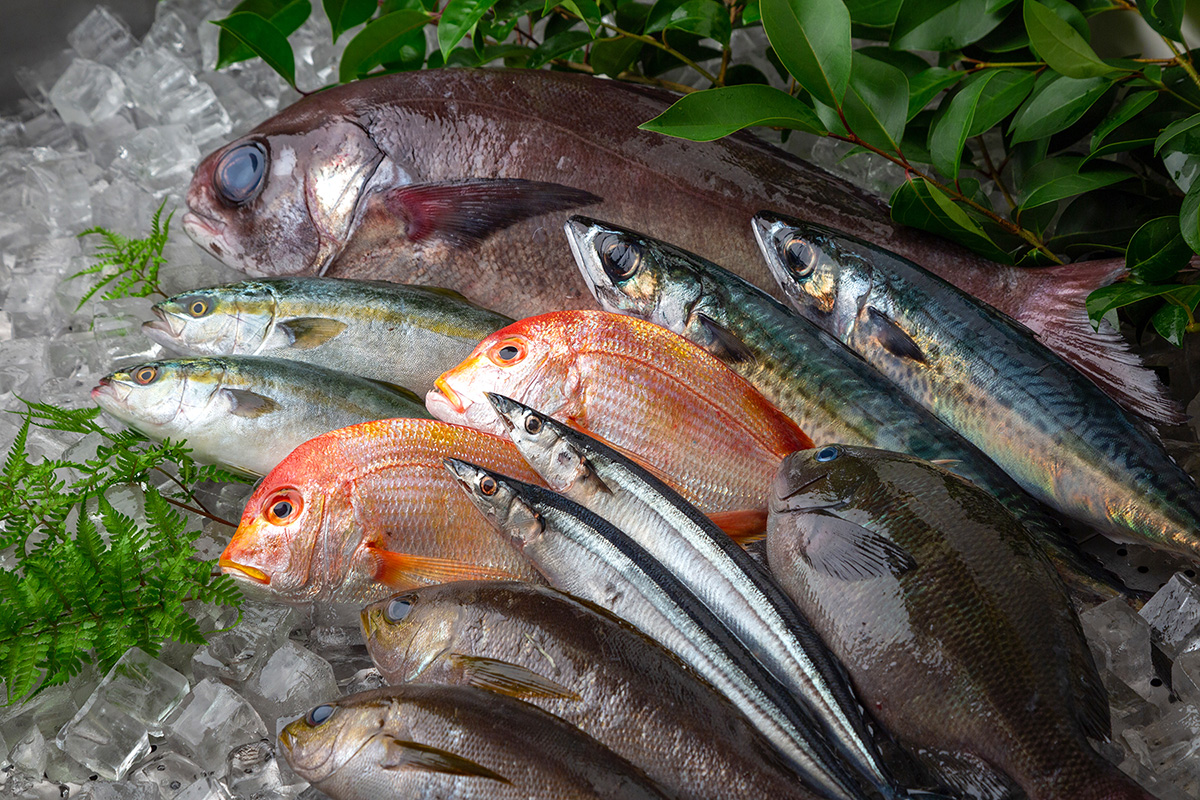
HOW TO
The Freezing Technology that Keeps Japanese Seafood Fresh
Jan 5, 2023
-

HOW TO
Introducing Hokkaido Milk and Dairy: Indulgence from Japan’s Far North
Jan 25, 2023
-

CULTURE
The Great Japanese Chocolate Snack War: Kinoko no Yama vs Takenoko no Sato
Jan 3, 2023
-

CULTURE
Learn the Basics of Sushi: Everything You Need to Know
Apr 26, 2023
-

CULTURE
The Highest Form of Culinary Reverence: Ikizukuri
Apr 18, 2023
-

HOW TO
Is the Japanese Fish Buri “Yellowtail” or “Amberjack”?
Jan 13, 2023
-
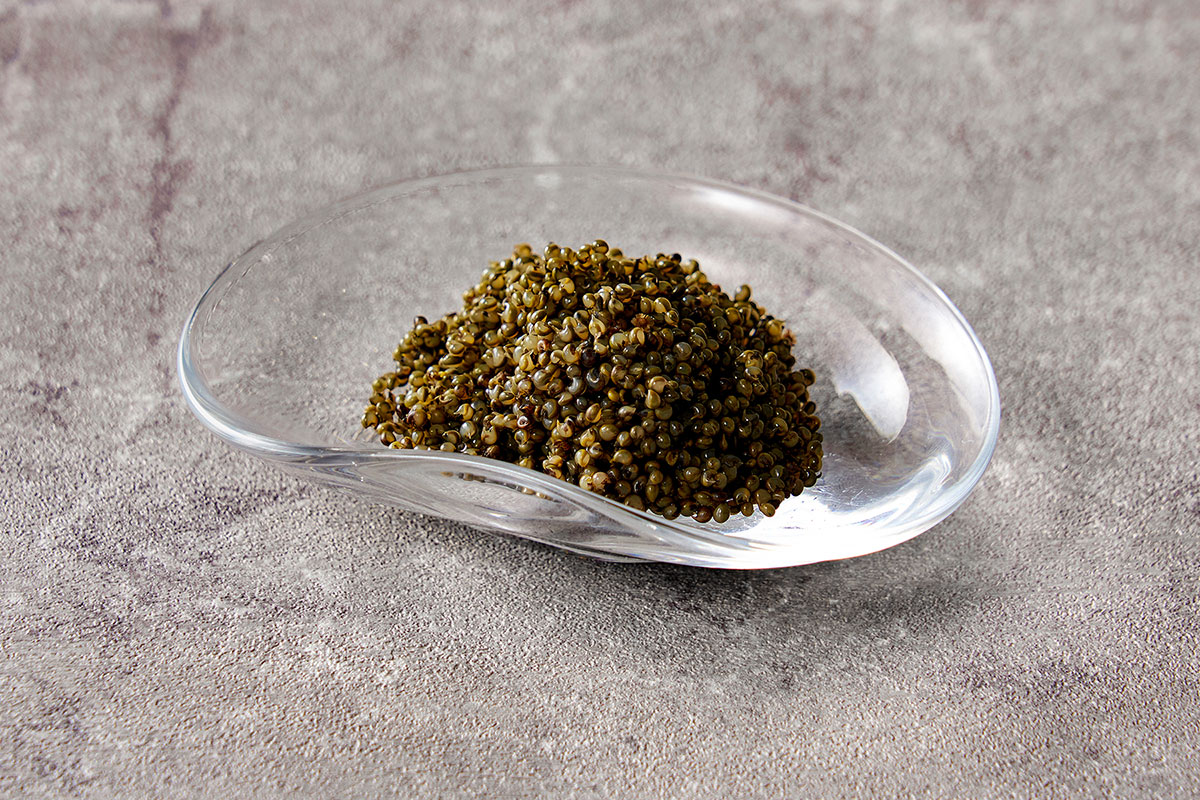
HOW TO
Tonburi, aka Vegan Caviar, and Implications for the Next Era of Gastronomy
Jan 26, 2023
-

HOW TO
Techniques for Using Authentic Shochu in Cooking
Jan 4, 2023
-
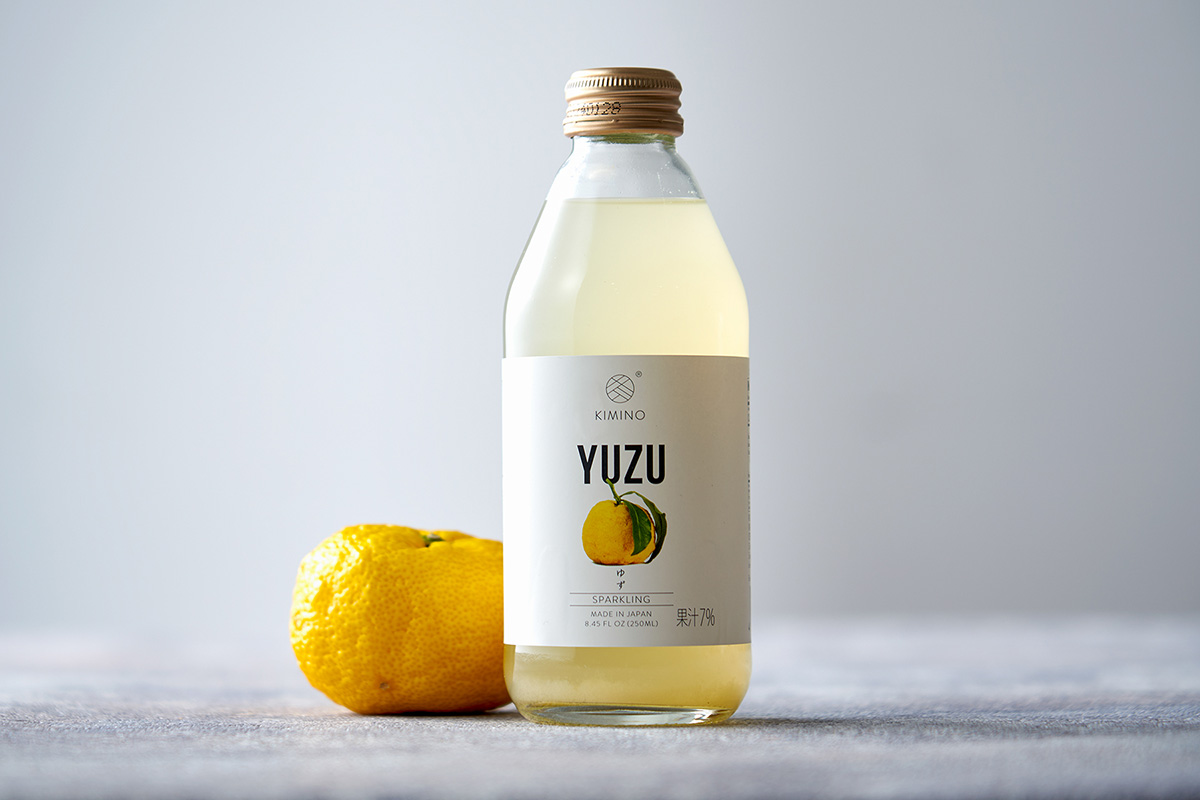
HOW TO
There’s no Stopping Yuzu, Japan’s Flavorful Do-it-all Citrus Fruit
Jan 1, 2023
-

FOOD NEWS
Five Times the Price, Countless Stories: Inside the Japanese Wagyu World Auction 2025
Aug 20, 2025
-
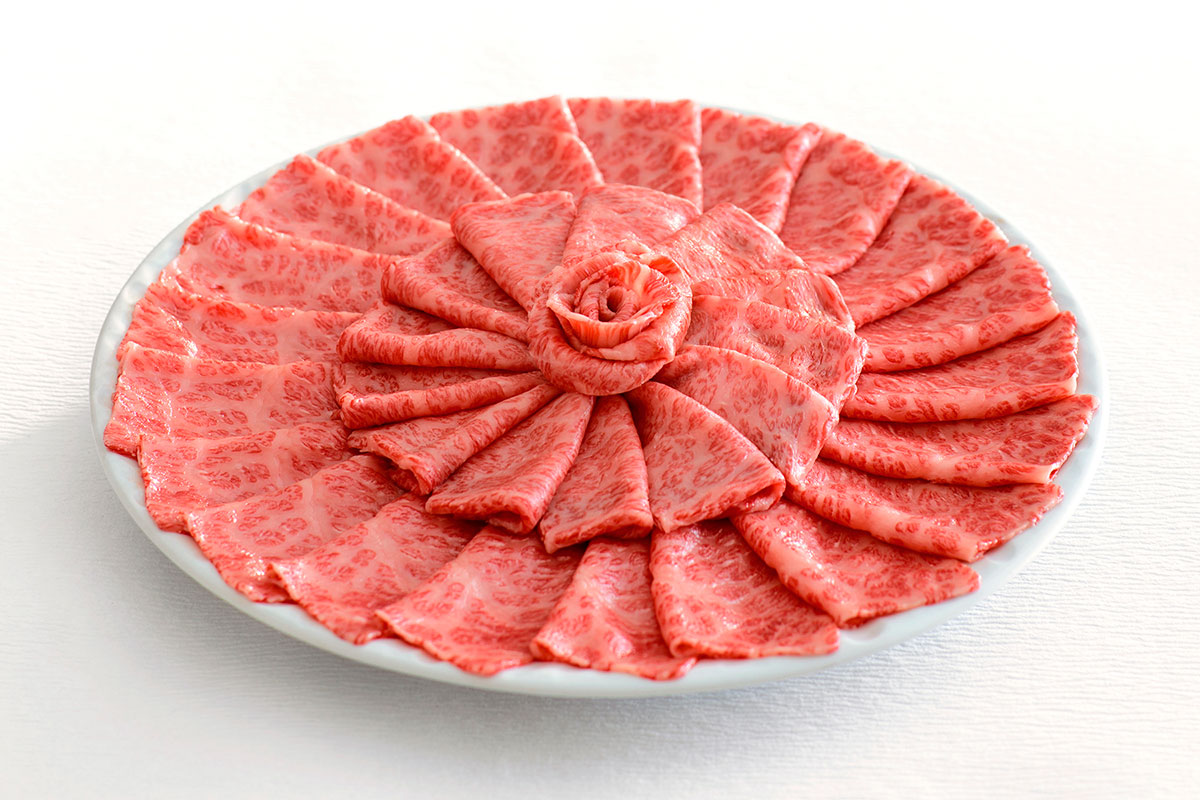
HOW TO
Authentic Japanese Wagyu vs Imitation Products: Knowing the Difference
Jan 15, 2023
Top Tags
- Meiji era
- Hong Kong
- BBQ
- Sashi
- oleic acid
- A5 Japanese Wagyu
- Miyagi Prefecture
- Yamagata Prefecture
- Fukui Prefecture
- Tokushima Prefecture
- shank
- thigh meat
- Ude
- ribeye
- filet sandwiches
- sirloin steak
- Weight loss
- fat burning
- metabolism
- skin
- stomach
- lungs
- colon
- Cancer prevention
- antiviral
- L-theanine
- bacteria
- gum disease
- natural killer cell
- T-cell

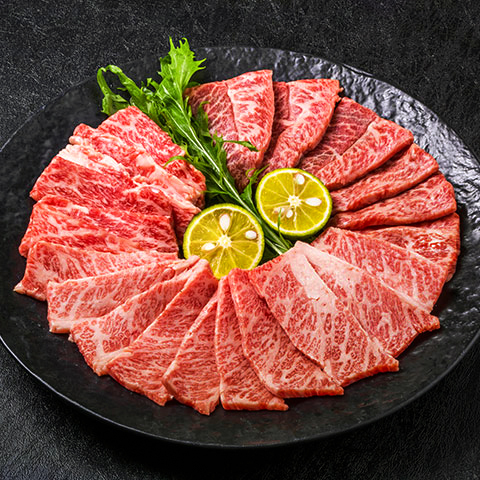

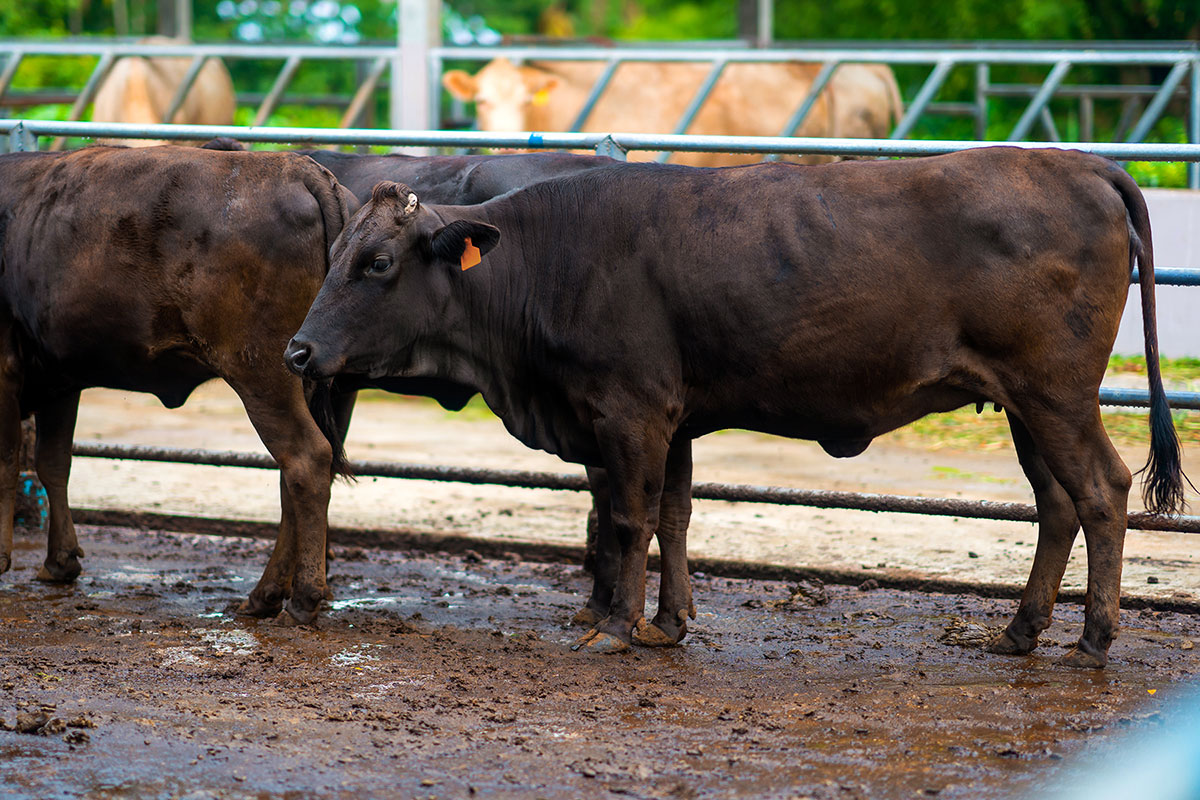
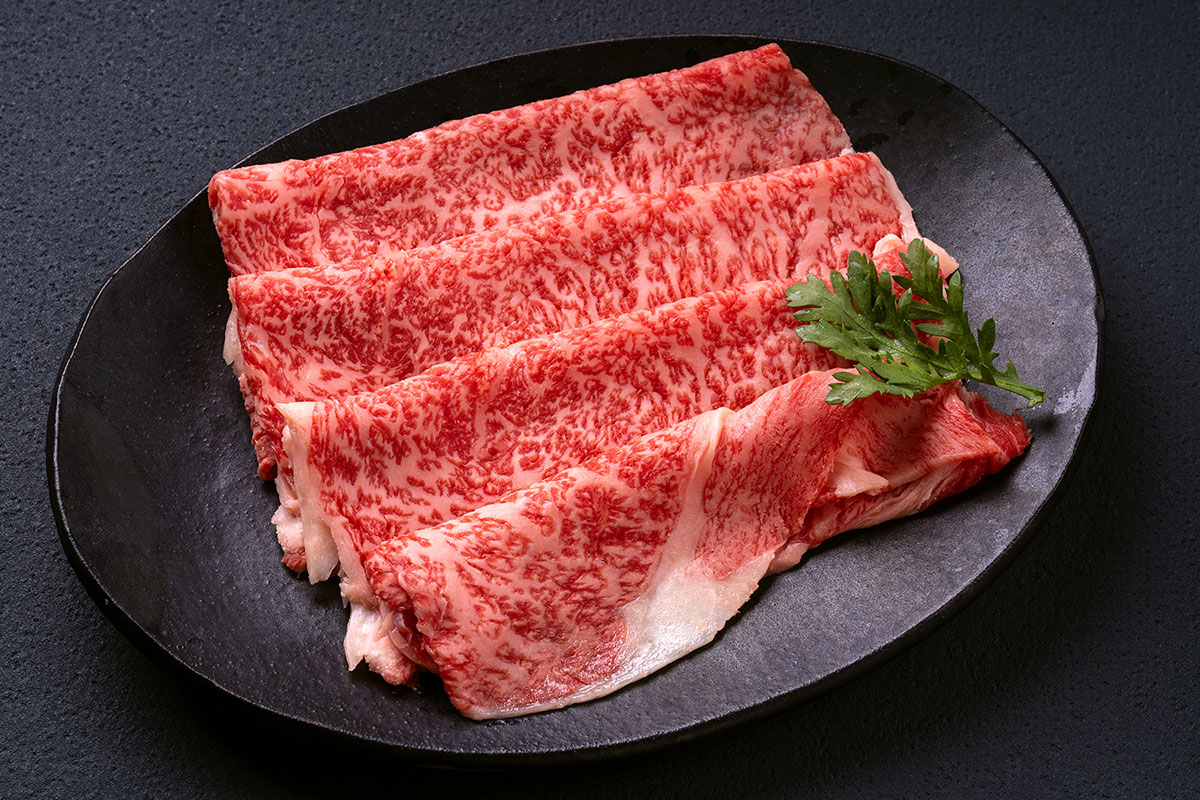
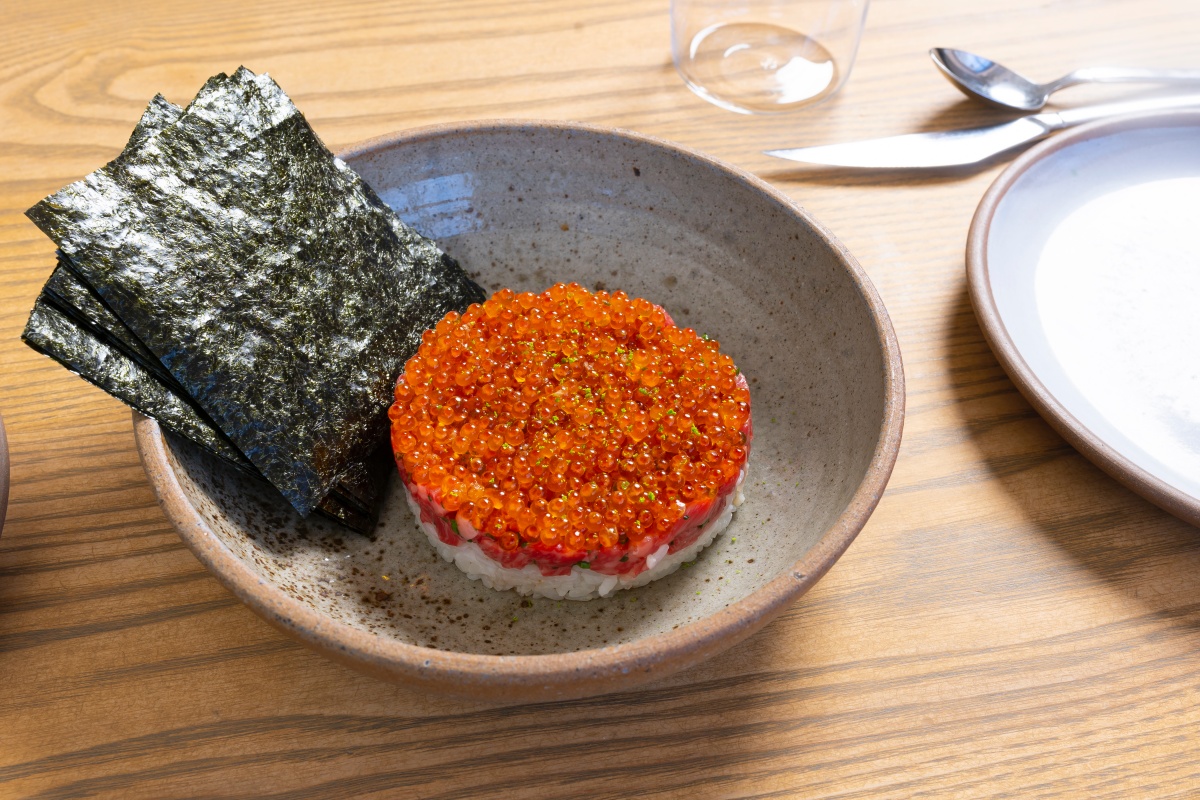
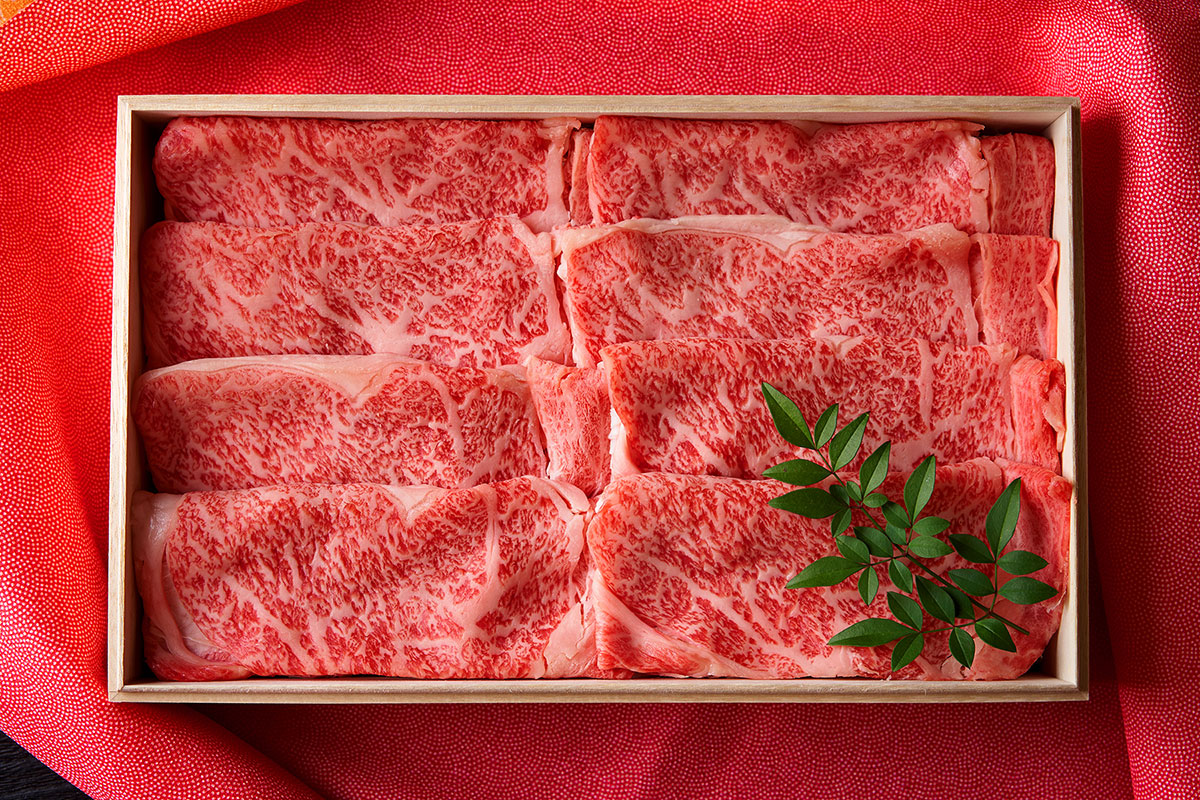
Comment